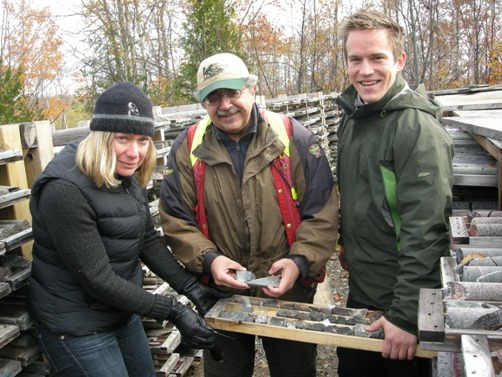HARARE — Indications that Zimbabwe’s contentious indigenisation policy will be changed to rule out compensation for expropriated stakes in mining companies have been buttressed by President Robert Mugabe during a campaign rally in the capital ahead of the country’s elections on Wednesday.
The empowerment policy, first promulgated in 2007 and forcibly implemented in the past two years, seeks to transfer majority control in foreign mining groups to black Zimbabwean groups.
However, where foreign mining companies would have received compensation for the 51% shares ceded to black Zimbabwean groups, they will now receive no monetary compensation, Mr Mugabe has said.
Impala Platinum, Anglo American Platinum and Aquarius Platinum are the major mining houses in the industry in Zimbabwe, which is home to the world’s second-largest platinum reserves. The country also has vast deposits of other minerals such as gold, nickel, diamonds and coal, which are being exploited by foreign companies that include New Dawn Mining, Mzi Khumalo’s Metallon Gold and Caledonia Mining Corporation.
























